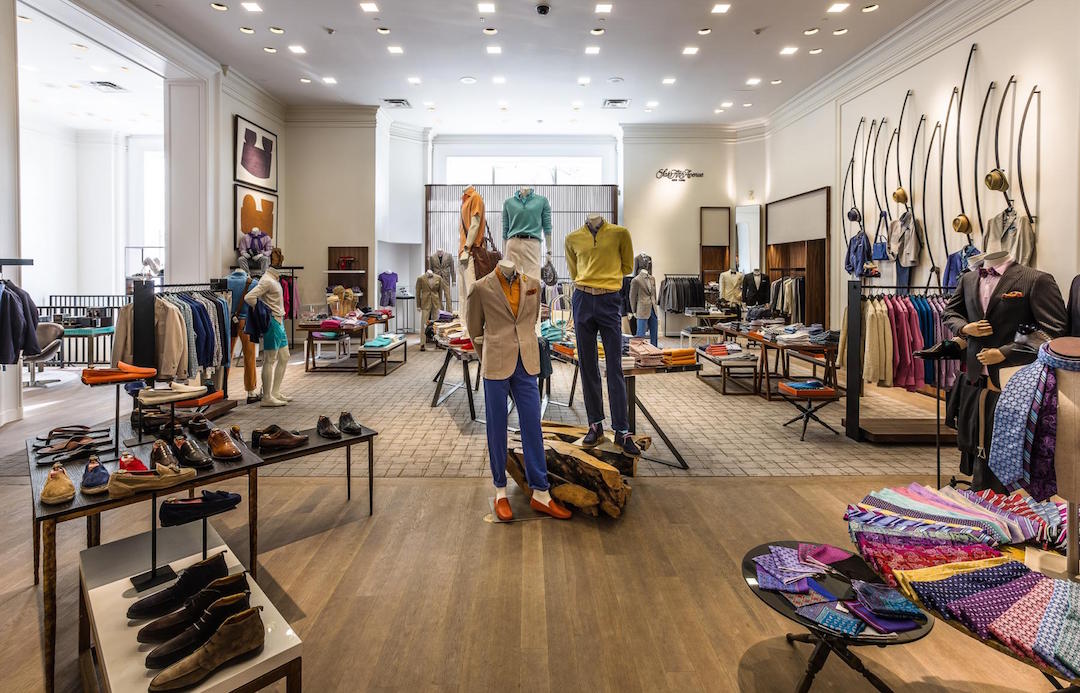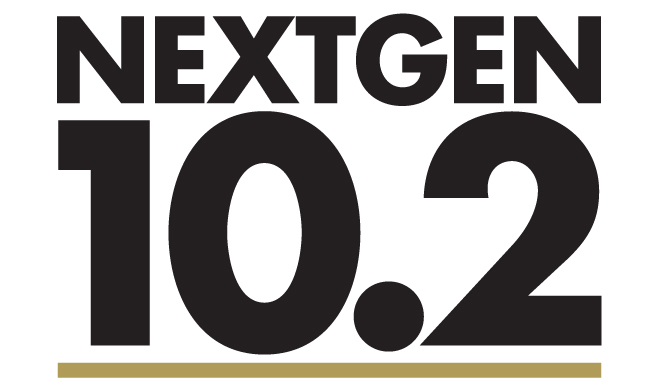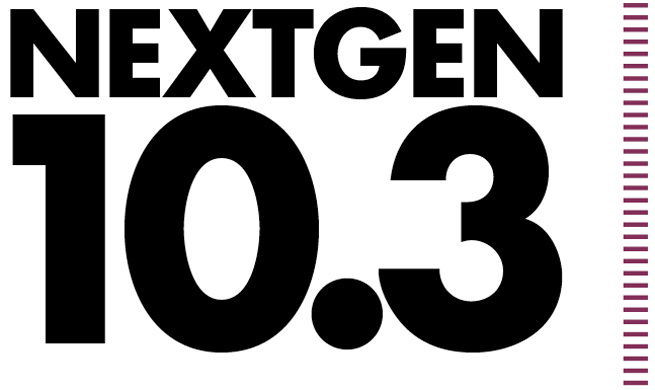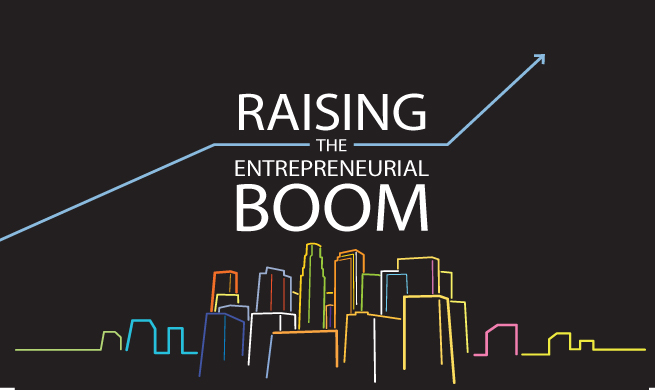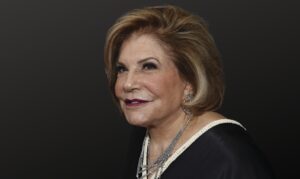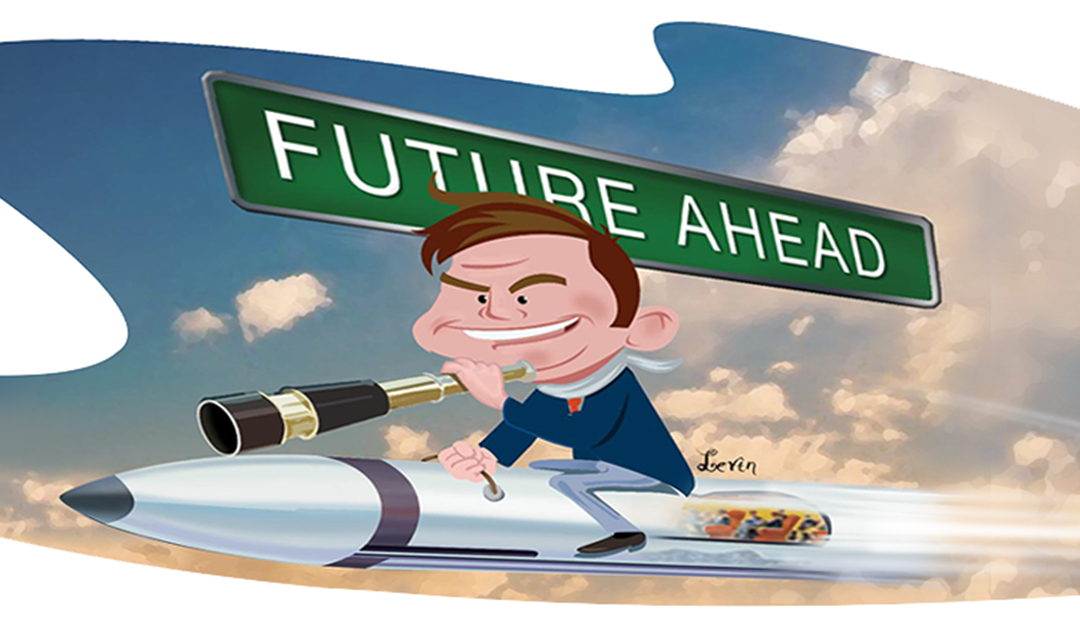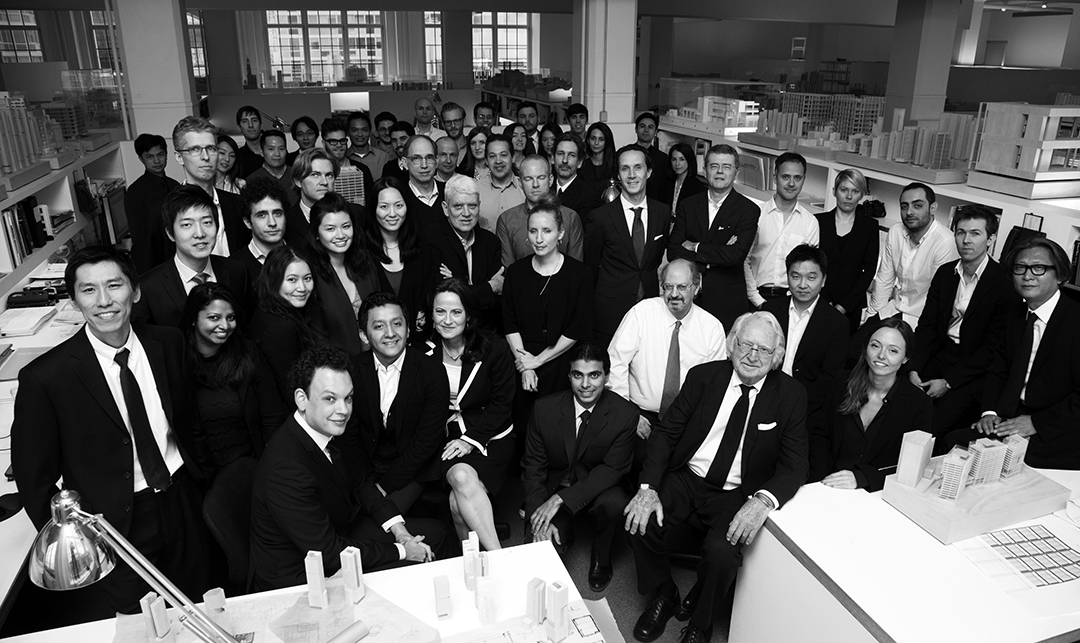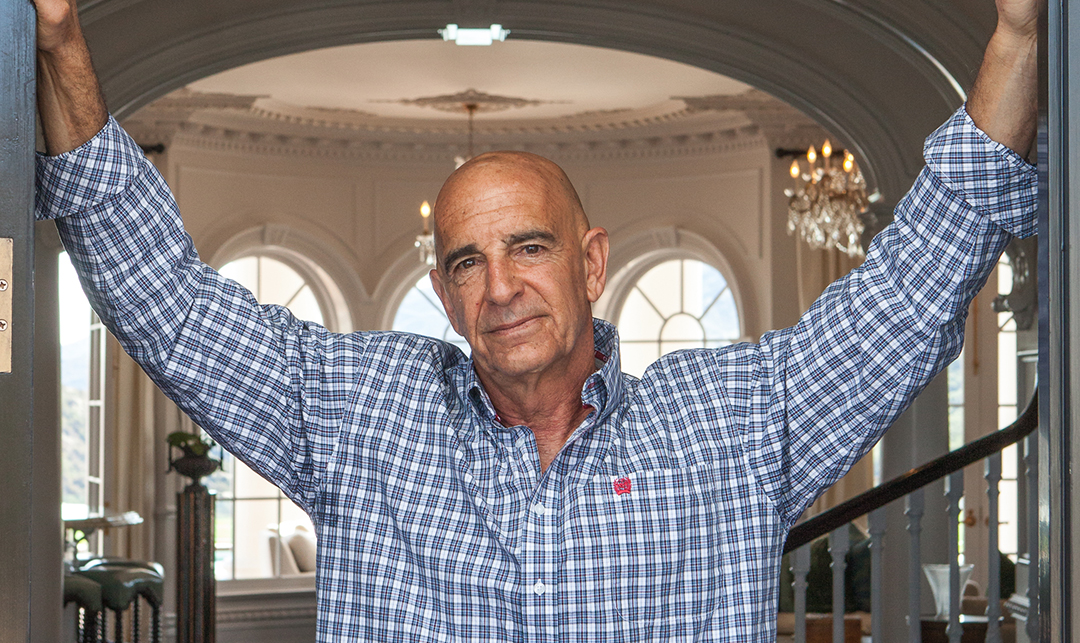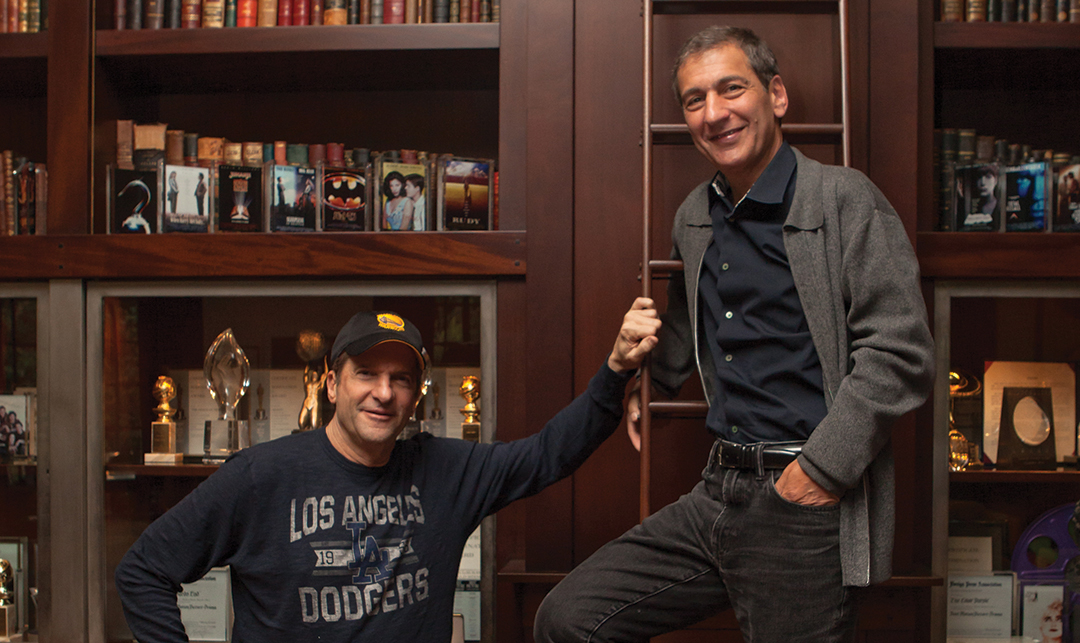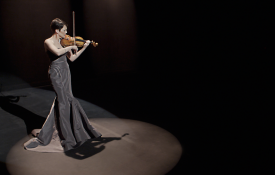Marcus Collins is an expert in how culture drives behavior. In this conversation, he and Jessica Nuremberg, Co-Founder of The Marketer’s Collective—a community for senior marketing leaders—discuss how brands can authentically connect with their audiences and why understanding the social forces that shape us is essential to driving meaningful engagement and brand loyalty.
JESSICA NUREMBERG: TELL ME HOW YOU STARTED IN ENGINEERING AND ENDED UP AS
ONE OF THE WORLD’S LEADING CULTURAL STRATEGISTS
Marcus Collins: I’m from Detroit—born and raised—and like a lot of kids who were good at math and science in the ’90s, especially if you were Black, that meant one thing: You were going to be an engineer. So that’s what I did. I studied polymers—basically, carbon chains that make up plastics. I thought it was amazing how these tiny atoms could link together to form something entirely new and useful. But as cool as the science was, I realized pretty quickly that I didn’t want to spend my life doing it.
After my freshman year, I came home and told my parents, “I don’t think engineering is for me.” My mom—who’s an academic—said, “You’re just not in your major yet. Once you get there, you’ll love it.” So I went back for sophomore year—didn’t love it. My GPA was tanking. To balance it out, I took some music theory classes, and everything shifted.
I fell in love with major seventh chords. They sounded like Stevie Wonder. They sounded like church. It was the first time I really understood the “why” behind the music I’d grown up playing. That summer, I came home and said, “I think I know what I want to do for the rest of my life: I want to be a songwriter.”
Let’s just say—that didn’t go over well.
We ended up in a full-blown argument—the first time I ever raised my voice at my parents. I yelled, “What if Quincy Jones wants to sign me?” And without missing a beat, my mom looked me dead in the eye and said, “I don’t care if Jesus Christ wants to sign you. It’s not happening.”
So, I went back, finished my engineering degree, and graduated. But the moment I did, I jumped headfirst into the music industry. I wrote love songs for a living. Had a few wins—worked with John B., Miss Dynamite, D12—but not enough to build a sustainable career.
Eventually, I went back to school for my MBA. I chose marketing because it felt like the most creative part of the business world—and it just clicked. I realized what I loved about marketing was the same thing I loved about music and even engineering: It’s about making connections. Notes to chords. Atoms to molecules. People to brands.
Just like polymers create something new when they link up, people form communities through shared values—through culture. That’s the magic. And that’s what led me to focus on cultural strategy, with stops at Apple, working digital for Beyoncé, and eventually landing in the agency world at Translation with Steve Stoute.
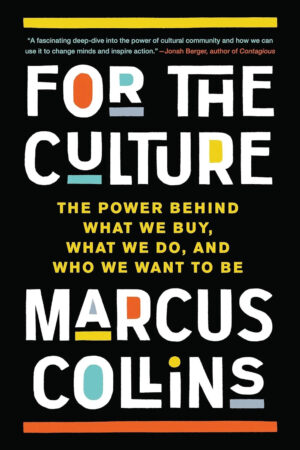
JN: IN YOUR BOOK, YOU SAY THAT WHAT ONE EATS FOR BREAKFAST CAN TELL A LOT ABOUT THEIR CULTURE. HOW IS THAT SO?
MC: I have the palate of a child. This morning, I had a chocolate chip cookie and a blueberry refresher from Starbucks. And honestly, you’re right—there’s definitely a cultural association there. I grew up on sugary cereals. My mom, who’s an academic, and my dad were both working full time, so breakfast was more about convenience than culinary excellence. She’ll kill me for saying this, but cooking isn’t really her thing! We were kids in the ’80s—we ate what was around. So now, when I’m hungry and don’t want anything savory, a cookie just feels … right. What we decide is “appropriate” for a given meal—especially breakfast—isn’t objective. It’s shaped by what’s considered normal for people like us. In the U.S., sweet foods are common—pastries, sugary cereals, cookies if you’re feeling bold. Savory options like eggs and bacon are also staples. But in Saudi Arabia, breakfast might mean dates and coffee. In parts of East Asia, noodles are typical. It all depends on the social norms we’ve inherited.
These norms are constructed over time. They’re not about nutrition as much as they’re about belonging. Culture defines what’s acceptable, and we internalize it without even realizing it. So when we talk about breakfast, we’re really talking about identity—how we see ourselves, and how we’ve been shaped by the people and places around us.
JN: YOU OFTEN USE THE PHRASE ‘PEOPLE LIKE US.’ WHAT DOES THAT MEAN, AND WHY IS IT IMPORTANT TO UNDERSTAND PEOPLE WHO ARE SIMILAR TO US WHEN WE’RE THINKING ABOUT CULTURAL VALUES?
MC: Culture, as Émile Durkheim—one of the founding fathers of sociology—described it, is a system of conventions and expectations that defines who we are and governs what people like us do. Because of our identities, we subscribe to certain cultural groups and abide by what’s expected of us in order to maintain our standing within those communities.
As social creatures—what Aristotle called “social animals”—we’re wired to seek belonging. Whether we realize it or not, we follow the norms of our cultural group to stay in good standing. This is why our cultural identity shapes how we see the world. It’s why, for example, a cow might be viewed as leather in one culture, a deity in another, and dinner in a third. Which one is it? All of them—depending on who you are and how you see the world.
Those beliefs guide how we move through life. If you see a cow as sacred, you don’t eat burgers. If you see it as leather, maybe you wear it. Culture informs what’s normal, what’s appropriate, and what’s expected—based on the shared beliefs of people like you.
We express those shared beliefs through our work, our literature, our food, music, film, TV, podcasts—even the brands we choose. Brands become tools of self-expression. We don’t just buy products for what they are—we buy them for what they say about us. They become receipts of our identity, symbols of who we are.
Culture moves on the basis of one simple question: Do people like me do something like this? If the answer is yes, we do it. If the answer is no, we don’t.
We make that calculation hundreds—sometimes thousands—of times a day. That’s why culture is so powerful. I’d argue it’s the most influential external force on human behavior. Because at every turn, we’re not just making decisions based on personal preference—we’re negotiating our choices through the lens of collective identity.
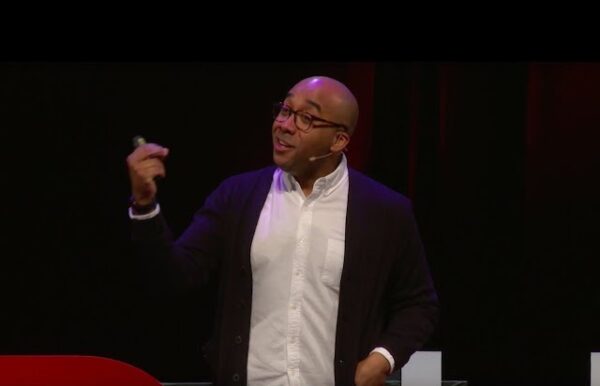
JN: HOW DO YOU DEFINE CULTURE IN THE CONTEXT OF MARKETING, AND HOW IS IT DIFFERENT FROM THE TRADITIONAL OR SURFACE-LEVEL INTERPRETATIONS OF CULTURE THAT MANY MARKETERS MIGHT DEFAULT TO?
MC: Culture is everything. It’s how we make sense of the world—it’s like explaining water to a fish. It’s our operating system for daily life. It shapes who we are, how we see, and how we move through the world.
For marketers, that’s incredibly powerful. Our job is to influence behavior, and nothing does that more predictably or deeply than culture. The challenge is, we talk about culture in a casual way—our understanding is more colloquial than concrete. That makes it hard to operationalize. When marketers say, “Let’s get our idea into the culture,” what they often mean is, “Let’s make it popular.” But popularity and culture are not the same thing.
Popularity is about visibility—how widely something is known. Culture is about meaning. It’s how people interpret the world based on who they are. For some, a rug is home décor. For others, a souvenir. For others still, a sacred object. It’s not about what the rug is, but what it means to people like us.
Meaning is constructed within communities. I’ll give you an example: When my wife and I were expecting our daughter, we started shopping for a new SUV. We made a list of every option—except one: the Toyota RAV4. We didn’t even consider it. Not because it wasn’t a great car—it had the awards and reliability—but because of one lyric in a Jay-Z song: “What you think I rap for? To push a f***ing RAV4?”
That lyric carried real weight. It shaped how the car was perceived in the cultural group I identified with. I wasn’t going to pull up to my friends’ houses in a RAV4—not because of the specs, but because of what it signaled socially. That lyric wasn’t just a line in a song—it was cultural production. And it influenced a $40,000 decision.
Culture shapes what we see as beautiful, valuable, or acceptable—not because those things are objectively true, but because they’re socially constructed. And as marketers, understanding that meaning is everything.
JN: WE HAVE TO KNOW, WHAT CAR DID YOU BUY?
MC: We bought a Volkswagen, Tiguan. Funny enough, we kind of stumbled into becoming a Volkswagen family. My mother-in-law and sister-in-law each bought Volkswagens within two weeks of each other—no coordination, no discussion. Suddenly, we looked around and thought, “I guess this is who we are now.” I now drive a Golf; my wife drives an Alltrack.
What’s wild is that I grew up in a Ford family—strictly Fords. I’m from Detroit, after all. So when I drove my Volkswagen home from New York for the first time, my dad looked at it and said, “What is this?” He felt completely betrayed.
JN: WHY DON’T YOU BELIEVE THAT TRADITIONAL SEGMENTATION—LIKE DEMOGRAPHICS OR PERSONAS—IS THE RIGHT WAY TO UNDERSTAND AND ENGAGE AUDIENCES IN MARKETING, AND WHY DO YOU ADVOCATE FOR FOCUSING ON TRIBES INSTEAD?
MC: Demographics describe outward traits—age, race, income, geography—but they don’t tell us who a person truly is or what they’re likely to do. Just because I’m a 45-year-old Black man from Detroit doesn’t mean you can predict what I buy, listen to, or eat. That kind of profiling becomes stereotypical and misses the mark.
Marketers realized this, which is why we moved to psychographics—interests, attitudes, lifestyles. That’s a step forward, but still incomplete. Why do we like what we like? Our preferences are shaped by our communities—our people. Psychographics focus on the individual, but we’re not solo agents; we’re social beings.
Historically, marketing drew from economics, then psychology, and later sociology. But the real breakthrough came when we understood that culture is the operating system guiding behavior. So if we want to predict action, we must understand cultural affiliation—what I call cultural subscription. That’s why I segment by tribes, not personas.
Think of it this way: Who’s more committed to running—Alex who’s Gen Z (demographic), Alex who likes to run (psychographic), or Alex who is a runner (cultural identity)? Clearly, it’s the runner. Because people like me do things like this.

JN: HOW MANY CULTURAL SUBSCRIPTIONS CAN A PERSON HAVE? PEOPLE PLAY MULTIPLE ROLES—THEY MIGHT BE PARENTS, PROFESSIONALS, FRIENDS, TRAVELERS. IF WE’RE MOVING BEYOND PERSONAS, HOW DO YOU ACCOUNT FOR ALL THESE OVERLAPPING IDENTITIES WHEN SEGMENTING BY CULTURAL SUBSCRIPTION?
MC: Exactly. The concept you’re touching on is known as intersectionality, a term introduced by scholar Kimberlé Crenshaw in the 1980s. Originally, it was used to describe how Black women were uniquely marginalized by the overlapping effects of race and gender. Over time, it’s been expanded to understand how all of us exist at the intersection of multiple identities.
Each of us belongs to several cultural groups. I’m a Collins—that’s family. I’m in Phi Beta Sigma—that’s fraternity. I’m a professor at the University of Michigan. I’m a marketer. I’m a girl dad. Each of these identities is a cultural reference point and, together, they form the alchemy of who I am.
So how do marketers navigate that complexity? The goal isn’t to target every identity, but to understand the nuanced truths that live at the intersection—those deeply specific insights that only someone close to the culture would know. That’s where real connection happens.
JN: YOU TALK ABOUT THE POWER OF INSIGHT OVER DATA—GETTING TO THAT “OH MY GOD, THAT’S SO ME” MOMENT. SARA WILSON OF SW PROJECTS BUILDS HER WORK AROUND THAT EXACT IDEA. FOR BRANDS TRYING TO CREATE THAT KIND OF CONNECTION, WHERE SHOULD THEY START?
MC: It’s about intimacy. Our over reliance on data can be a red herring. Yes, we have endless amounts of information, but our ability to extract real insight hasn’t kept pace. That’s because we often confuse information with intimacy. Just knowing things about people isn’t enough. True insight is when someone hears it and says, “Oh my God, that’s so me.”
Cultural relevance isn’t something you can buy your way into. It’s not about frequency and reach—it’s about resonance and trust. The first step is understanding who you are as a brand—not what you sell, but what you believe. What’s your worldview? What’s your conviction? That belief system is what allows you to connect with people as humans.
From there, ask: Who else sees the world the way we do? That group—the ones who already share your belief—are the most likely to engage. They’re the collective of the willing. You speak to them first, and when you do it well, they respond with, “Finally, someone said it!” Then something powerful happens: They share your message—not because they love your brand, but because it connects them to their people.
Your brand becomes a vehicle for cultural production. It enables connection and identity expression, sparking a network effect where people pass it along—not for you, but for each other.
JN: WHEN BRANDS TAKE A CULTURAL STAND—LIKE NIKE WITH COLIN KAEPERNICK OR BUDWEISER WITH DYLAN MULVANEY—WHAT MAKES ONE RESONATE AND THE OTHER BACKFIRE? IS IT ABOUT KNOWING YOUR TRIBE? HOW DO YOU AVOID SPEAKING TO THE WRONG AUDIENCE, EVEN WHEN THE CAUSE ITSELF IS CULTURALLY RELEVANT?
MC: The key difference between Nike and Bud Light is that Nike has a tribe. Bud Light has consumers.
Nike believes that every body is an athlete—big, small, short, tall. That conviction drives everything they do. So when Tiger Woods went through his scandal in 2009 and brands dropped him, Nike stayed. Why? Because he’s an athlete, and they stand with athletes. Same with Colin Kaepernick. Supporting him wasn’t a marketing gimmick—it was aligned with their core belief. People who didn’t agree burned their Nikes not just to boycott, but to publicly reject a brand that no longer reflected their identity. Meanwhile, those who shared Nike’s belief went out and bought two pairs.
Bud Light, on the other hand, never really made its beliefs clear. What does Bud Light stand for? “Good times”? Occasion-based consumption? It’s vague. When they partnered with Dylan Mulvaney, it actually made sense—they’ve long supported the LGBTQ+ community. I know; I worked on marriage equality campaigns for them over a decade ago. They had receipts. But the moment backlash hit, they flinched.
And that flinch cost them everything. The LGBTQ+ community felt betrayed, and the people who were upset by the campaign didn’t come any closer either. Everyone in the middle just walked away—drank Modelo instead.
And that’s the real myth: the middle. Brands love to play it safe, to appeal to everyone. But the middle is the least likely to move first, buy first, or advocate. Subcultures, the fringes, are where movements begin. Those people act out of conviction—and if your brand aligns with their beliefs, they’ll spread your message for you. Not because they love you, but because they love what you stand for.
If you don’t stand for anything, you stand for nothing. And no one follows meh.

JN: FOR BRANDS TRYING TO SCALE CULTURAL RELEVANCE, WHERE SHOULD THEY START? ESPECIALLY WHEN IT FEELS RISKY TO FOCUS ON A NICHE—HOW DO YOU BUILD FOR REACH WITHOUT DILUTING YOUR IDENTITY?
MC: Here’s what I tell brands: My pastor used to say, “Sometimes you’ve got to get small to get big.” In marketing terms, that means you have to get specific to go wide. Scale doesn’t come from media reach—it comes from propagation. The idea is to design for spread, not just exposure.
That means getting hyper-specific about who you’re for—even being willing to say, “I’m for these people, and not for everyone else.” When you deeply understand a group’s cultural codes, you can speak in ways that truly resonate—like someone on the inside.
From a statistical perspective, we know ideas spread through a diffusion curve. What’s normal today always starts on the fringe. It starts small, it starts weird, then it becomes cool, then mainstream. Think about comic books—30 years ago, comic book fans were considered outcasts. Now, comic-based films dominate global box offices. Same with gaming—once niche, now it’s a multibillion-dollar industry.
When you connect with people at that early, identity-forming stage, your brand becomes part of their identity. If you wait until it’s mainstream to show up, those communities don’t recognize you. It’s too late. You weren’t there when it mattered.
It’s not about chasing what’s about to “pop.” It’s about finding people who see the world the way you do. They’ll be the ones to carry your message—because it reflects them, not just you.
Tyler the Creator is a perfect example. He’s always been laser-focused on who he is and who he’s for. Early on, many people said, “He’s not for me.” But over time, culture shifted, and he became an A-list star—not because he changed, but because the world caught up. That’s the power of starting with conviction.
JN: WHAT KIND OF MARKETING WORK OR BRANDS ARE INSPIRING YOU RIGHT NOW—WHERE YOU SEE THEORY COME TO LIFE IN PRACTICE?
MC: I read a ton of theory—it’s my foundation. Theory helps me understand the world with clarity, and from there, I build.
But I also get incredibly inspired when I see practitioners bringing that theory to life. Right now, I’ve got a huge professional crush on e.l.f. Beauty. Their CMO, Kory Marchisotto, is incredible. I see the principles I study—culture, conviction, boldness—showing up in her decision-making, and I think, Yes, that’s it. That’s the work.
And then there are moments that catch me off-guard, like this ad I saw from Pella—yes, the window and door company. It features a little girl dancing to Missy Elliott’s “I Can’t Stand the Rain” during a storm. It’s about joy. About brightness. It’s unexpected, emotional, and culturally alive—from a window brand! That’s the kind of creativity that wakes me up and makes me want to get to work.
At the end of the day, I believe most marketers already have what it takes to be great. The only thing holding them back is perspective. If we can widen our view—really see culture in its full fidelity—we can unlock everything we already have inside us.
WHAT MAKES FOR A GREAT CLIENT–AGENCY PARTNERSHIP—AND HOW DO YOU KNOW
WHEN IT’S JUST NOT THE RIGHT FIT?
MC: There’s the PC answer—and then there’s the real one. The truth is, just like brands need to find their tribe, agencies need to work with clients who share their worldview or are at least curious enough to expand it.
When there’s ideological misalignment, you end up spending all your time convincing instead of creating. It’s like offering someone amazing peas, and they’re like, “Nah, get those peas out of here.” You’re not working on the work—you’re arguing about whether the work even matters.
The best case studies I’ve been a part of happened when the client either saw the world the way we did or was open to seeing it differently. Not identical perspectives, but shared convictions. That’s where great work lives.
LAST, IF YOU COULD HAVE DINNER WITH ANY BRAND OR BRAND LEADER, WHO WOULD IT BE AND WHY?
MC: If I had to pick a brand and a CMO—though it’s a bit of a cheat—I’d say Yvon Chouinard, founder of Patagonia. No brand has been clearer about who they are or more willing to risk everything for what they believe. They’re the ultimate example of brand conviction.
Lauryn Hill said it best: “How you gonna win if you ain’t right within?” Patagonia knows exactly who they are. If staying true to their mission means losing customers, so be it. They believe in reducing human impact on the planet, and that belief drives everything—who they hire, how they make decisions, the products they create, how they communicate, even suing the government when necessary.
They don’t just talk the talk—they live it. For me, they’re the case study for any brand that wants to be the best version of itself.
The Marketer’s Collective connects leading marketers to inspire collaboration, ignite innovation, and drive strategic partnerships. Each month, a virtual event brings together a diverse slate of C-suite speakers from Fortune 500 brands, offering valuable insights and networking opportunities. For more information visit: themarketerscollective.com


